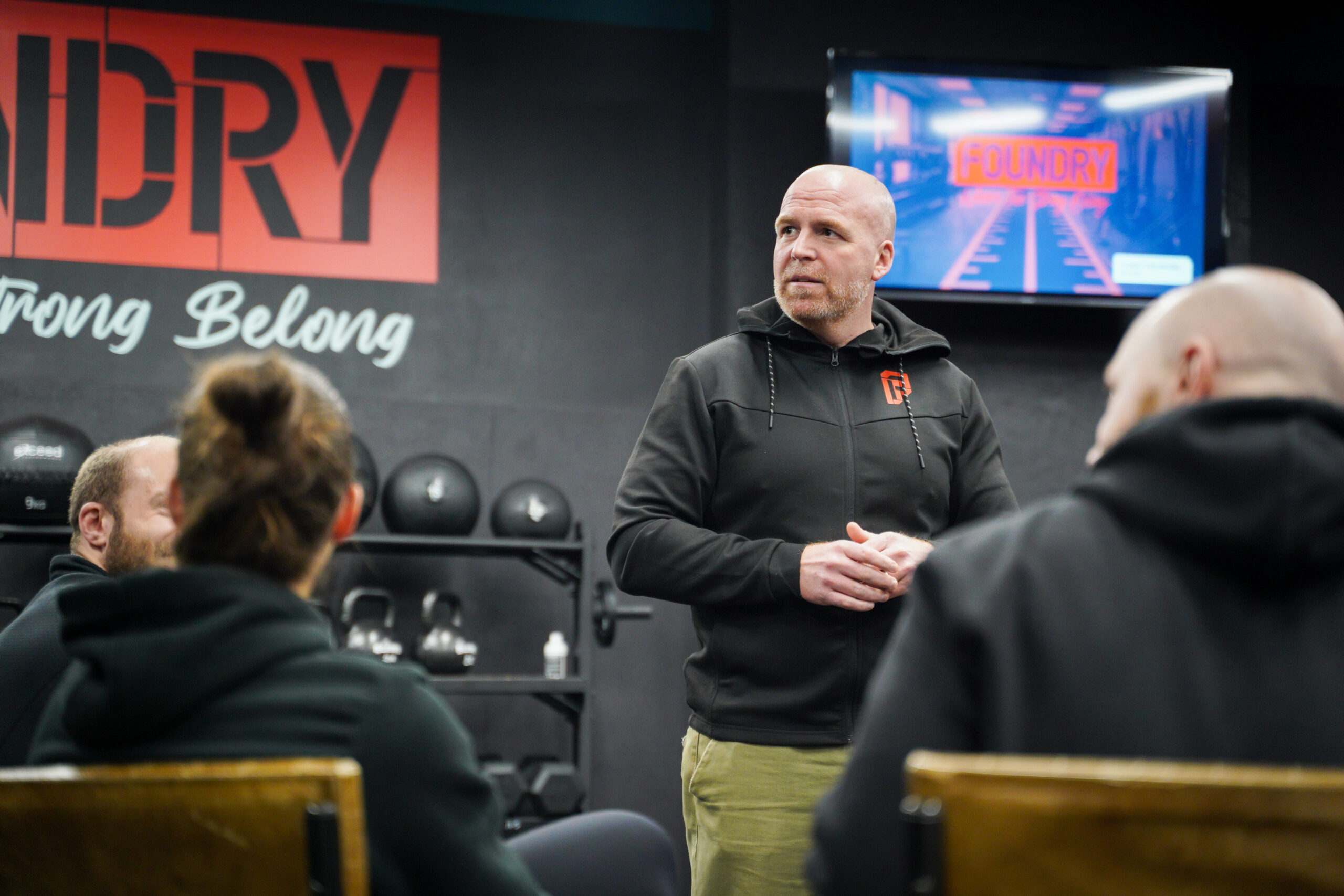Having strong leadership skills is essential if you want to succeed as the head of a business. But great leadership (as we all learn) is about more than simply knowing what to do and telling people to do it.
A coaching approach to leadership is unlocking people’s potential to maximise their own performance.
Think giving a man a fishing net and teaching him how to fish (not just giving him a fish).
You’re not just upskilling your employee in their particular role; you are helping them inhabit the role and hold the accountability they need to increase their capability. Do this right, and you’ll have staff who are self-starting, invested in the business, autonomous, and highly capable.
How to become a coach leader
Being a coach leader is a significant responsibility. It means putting aside your ego, your black and white thinking about ‘right’ and ‘wrong’, your need to prove yourself and stake your claim on a situation.
Being a coach leader means assertively and calmly taking up your authority within your focused remit, actively listening, asking the right questions, and guiding your team member to their own objectives.
Doing this isn’t easy – you’ll need to be able to reflect on your own patterns of thought and behaviours. You’ll need to come off autopilot and be aware of how you relate to others. And you’ll need to understand the impact of your relational choices.
To help you find your path to inhabiting the role, here are the ten pillars of a coaching approach to leadership.
- Potential instead of performance – Coaching isn’t about telling somebody exactly how to achieve what they want to achieve. It’s supporting them on the journey to gain the tools and capability they need to get there themselves.
- Development instead of instruction – As a leader, you’re an experienced subject matter expert who can give specialist advice. But you need to decide when to use this, and when it’s better to use your experience to help your employee to develop their own business and leadership skills.
- Listening instead of telling – The most important thing to remember about coaching: it’s not about you. Progress is about moving somebody from one position in their life to another; and you as the coach are there to help guide and facilitate that movement. So whenever you contribute, be it an observation, a sharing of your own experience, or a form of guidance or accountability, it needs to be relevant to the coachee’s journey.
- Empowerment instead of ‘carrot and stick‘ – As coach leaders, we want to have a lasting impact on our coachees’ development – we want to transfer capability from ourselves to them. To do this, we need to help them hold themselves accountable for their behaviour. So instead of using reward or punishment to incentivise, we need to instil a sense of empowerment that allows and encourages them to step into the driver’s seat of their own journey.
- Nuanced instead of reductive – It isn’t our job to have polarised opinions on people’s thoughts and behaviours. We can help the person think through their options and potential outcomes, but we’re not there to drive a black and white, right and wrong way of seeing the world. If we push our own opinions instead of helping them develop their own decision-making capacity, we’re breaking rule number four: and we’re disempowering them in the process.
- Collaboration instead of control – The relationship between you and your employee is a partnership. It’s not about you dictating, and them following; it’s about you both contributing your strengths and working together to support them to the outcome they want. You’ll need to lay your ego aside and have their objectives uppermost in mind through all your interactions.
- Learning opportunities instead of failures – When something goes wrong (and it will) or your employee messes up (and they will), your role is to be patient, not punitive. You validate their experience; then help them steer their thoughts to what they can learn from the situation – even if you’re impatient or irritated!
- Show instead of tell – If you think you have something of value to add or share, don’t present your opinion as an absolute truth. Use examples to illustrate your point, bringing the theory to life in a way that connects to people’s own experience. Your value as a mentor is considerable; just remember to be aware of the impact it can have, and leave space for other people’s agency and opinions.
- Validation instead of resolution – You job is not to solve your employee’s problems – that would create a dependency on you which will be ultimately harmful to their progress. Instead, you can listen actively, validate their experience, and support them to find a resolution that works for them.
- Challenge instead of enablement – It’s not easy to have the difficult conversations – to call people out when they’re not holding themselves to account. But letting things slide (that they’re probably already peripherally aware of) makes you an enabler of this counterproductive behaviour.
